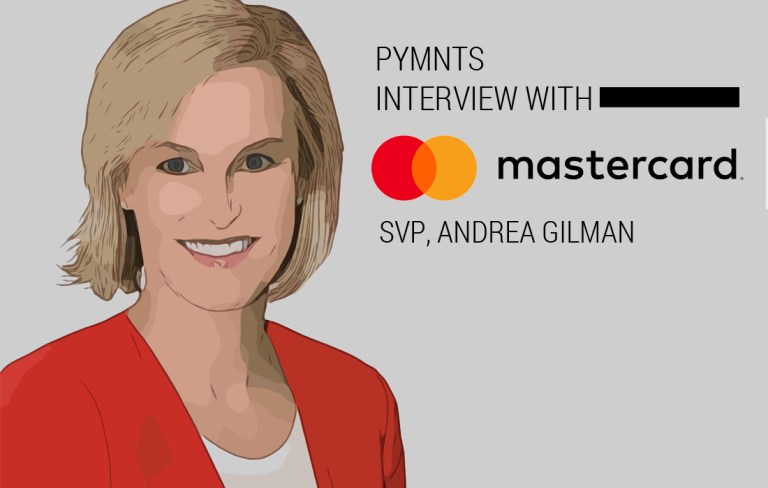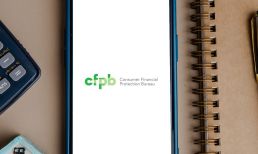You may recall that provocative scenario was the title and sentiment of a playbook that debuted in the fall and a collaboration between PYMNTS and Mastercard. We delved deep to find the sentiments of hundreds of payments decision makers across all manner of firms, in terms of top line, operating across a range of verticals.
The overarching sentiment was that although 32 percent of firms use checks more than any other payment method when it comes to getting paid, and 34 percent use paper to send payments, checks place fourth in the hierarchy when it comes to payments satisfaction, behind ACH and bank transfers and credit cards.
Mastercard’s most recent earnings results, released Tuesday (October 30), underscore the lure of B2B payments done beyond paper means. Consider the fact that in the B2B space, transactions here represented 11 percent of Mastercard’s volume in the third quarter, and management stated that tally could be in the mid-teens amid a $125 trillion opportunity. And, as reported last month, Mastercard — in conjunction with Microsoft — launched Mastercard Track, billed as a global trade platform spanning 150 million firms across more than 75 countries in an effort to lay the groundwork for a more streamlined buyer/supplier trading platform.
In an interview with Karen Webster, Andrea Gilman, senior vice president of product management, new payments and commercial products at Mastercard, echoed the aforementioned playbook in her thoughts on making payments a seamless digital experience for buyers and sellers. “I think we are about to enter the era of the tipping point. I don’t think we are there quite yet. All the data points in the report start to point in that direction. Many corporates are looking to use cards more,” she said, “as well as virtual cards and ePayables.”
The tipping point is in sight, in tandem with an expansion of the capabilities and flexibilities that technology brings to B2B payments and back-end processes. Among those capabilities, as illustrated by Gilman, are AP automation and, specifically, the outsourcing of manual, tedious functions tied to accounts payable management, she said.
Advertisement: Scroll to Continue
Gilman noted the statistic from the Tipping Point Playbook that found as many as 32 percent of companies surveyed plan to embrace some form of AP automation. Firms are also interested in straight-through processing to speed up the transaction process, she noted.
And yet, as checks remain stubbornly pervasive, it’s worth taking a step back and examining just why they are entrenched in the corporate world, said Gilman — and it might be a case that executives’ attention is focused elsewhere, beyond the mechanics of payments. Larger firms, she told Webster, are in the midst of tackling strategic initiatives, and capital deployment on a large scale, while smaller firms train laser sights on how they are going to grow their top lines.
The question, then, for firms like Mastercard and in the B2B arena at large, is how to make it worth their while for these companies, large and small, to change — and how to inform these firms just why they should change.
Easier Payments, Done Securely and with Richer Data
“When we talk to corporates today,” said Gilman, “they talk about things that they’re doing that take a lot of time, whether it be calling about the status of a payment or figuring out the status of a payment … making it easier and seamless for all their payments – that’s the kind of ‘value’ wrapper the world is expecting.”
The lure toward embracing that value proposition, and toward the tipping point, “fall into two key areas,” Gilman noted. “There are the capabilities that make the payment easier and touch on other processes around the payment, and there also exists a really rich area of opportunity around the information that is passed with the electronic payment,” Gilman said. “As we get to this B2B tipping point, we are going to see initiatives that become much more strategic to companies and more important to their bottom line.”
Against that backdrop, Webster and Gilman noted that there is a growing interest in firms to use existing card rails for payments, where streamlined processes are a hallmark (via payables), but also where the knowledge that those rails are secure proves to be a selling point as well.
Said Gilman, “that’s one of our primary value propositions, to make sure that payments are safe and secure … I think that focus is only going to intensify as time passes.”
Real-Time Payments, Top of Mind
Real-time payments may mean different things to different observers, spanning availability of funds, real-time clearing and settlement or even the posting of those funds. The overarching theme is one where people want access to their funds with haste, and with transparency. Said Gilman of the Tipping Point playbook, “one of the things that was really striking to me was the fact that 33 percent of corporates said they are going to roll out innovations related to real-time payments … it’s been interesting to see that there is such a high level of awareness and intent on real-time payments.”
As she discussed with Webster, emerging-use cases show the utility of real-time payments, but also show the expansion of detail (and thus transparency) that can come with real-time payments done across existing rails.
She noted the ability to send a message that includes an invoice or that can even (electronically) ask for more information about a payment, all rendered across standardized and repeatable processes. In the end, the rich data bundled in an electronically generated and transported message can tie in all the data rendered through the clunky means of old — the checks and invoices and letters sent in envelopes or through email.
Summed Gilman: “The fact that we’re having these conversations with corporates about these different capabilities is a sign that things are going to are going to happen” as we near a tipping point in B2B payments. “The conversation shifts from ‘why’ to ‘how.’”




